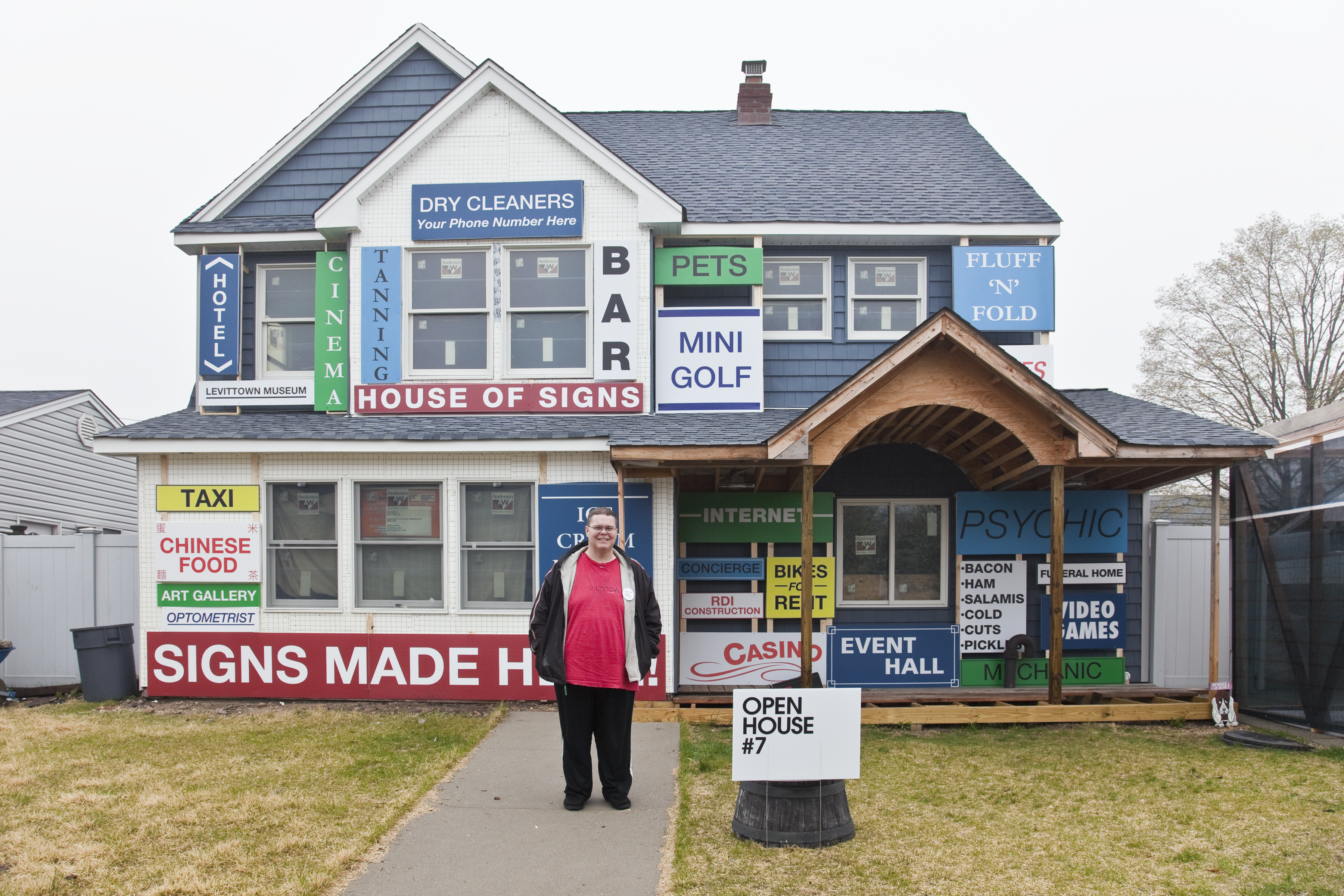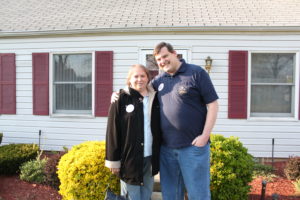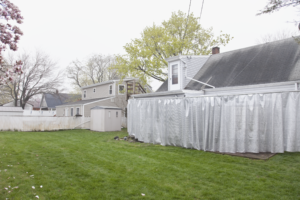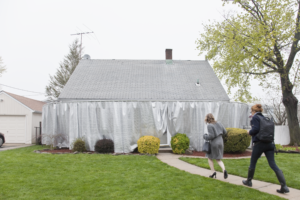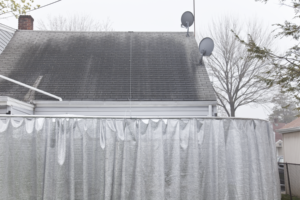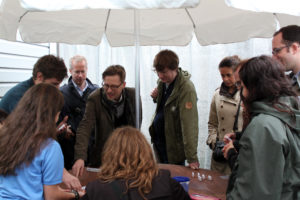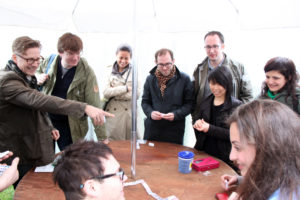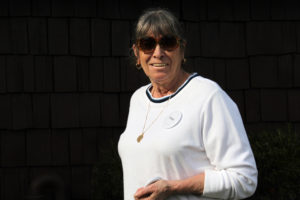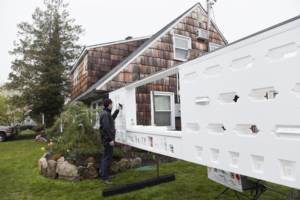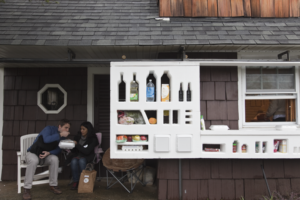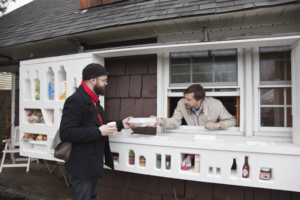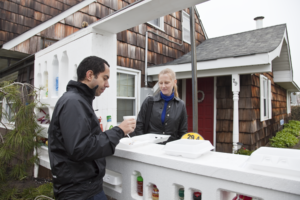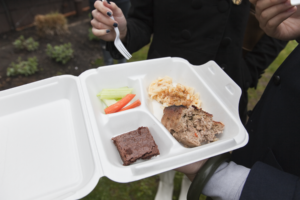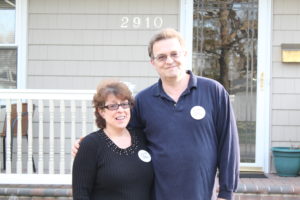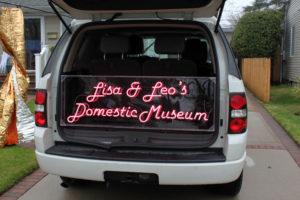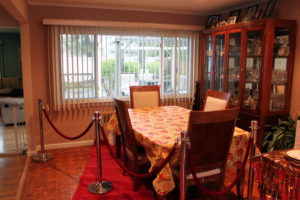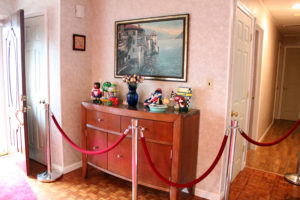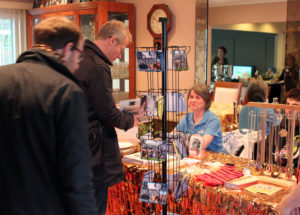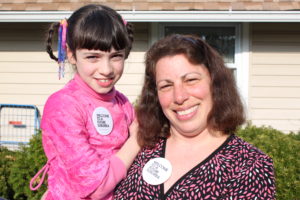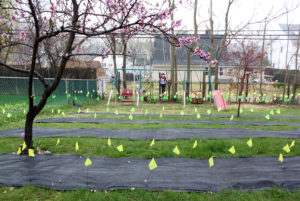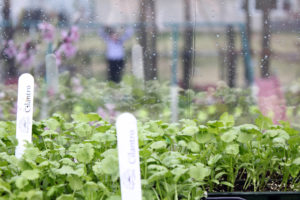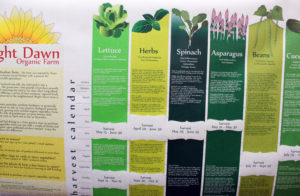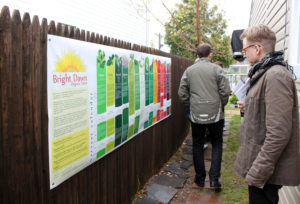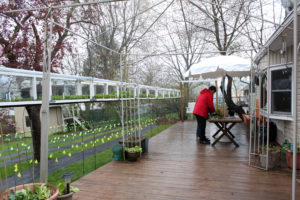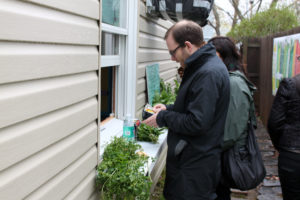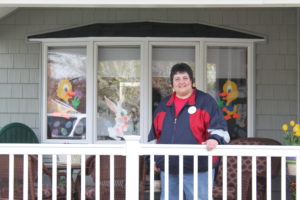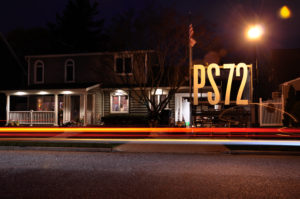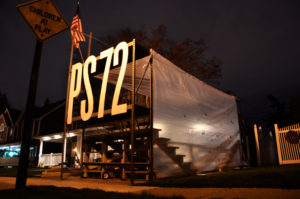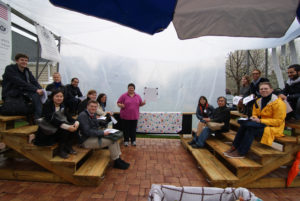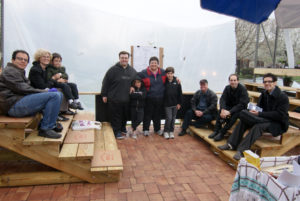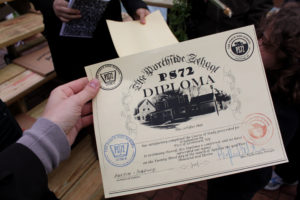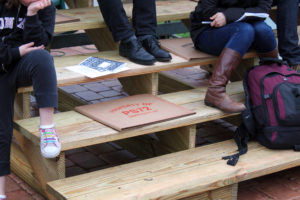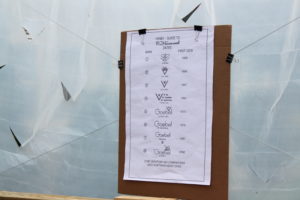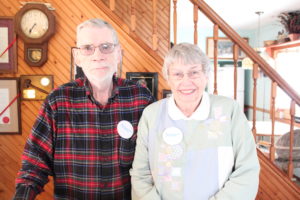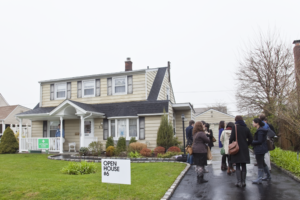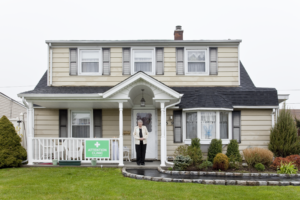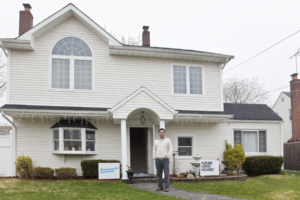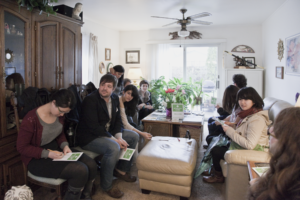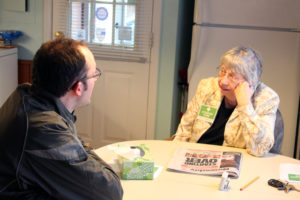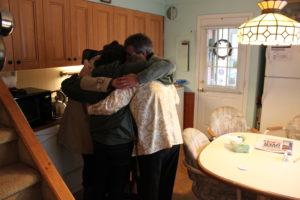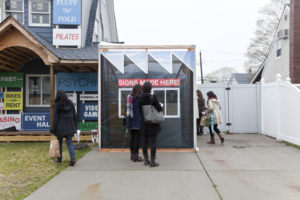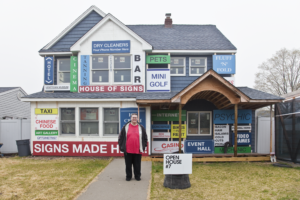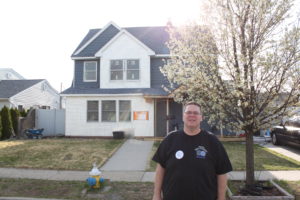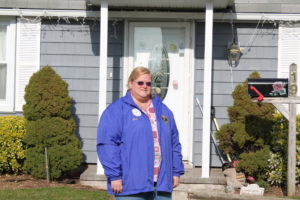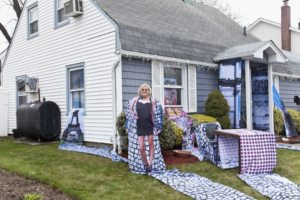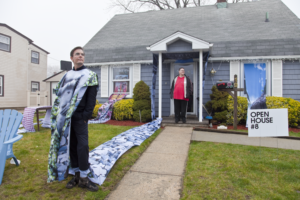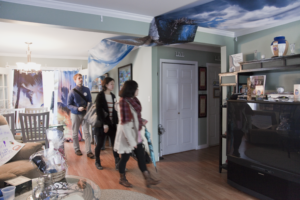Open house
Washing machines sit idle most of the time. Homes offer views that mostly go unnoticed. At the same time, housing foreclosures are on the rise and ready-made jobs are not easy to find. Inspired by the service-oriented mentality of New York, Open house by Droog in collaboration with Diller Scofidio + Renfro is a movement in which suburban homeowners supplement their income and develop a new vocation by offering home-made services and facilities to the public.
Open house encourages self-inventiveness, offers ideas, and proposes new models for suburban housing, striking a new balance between the private and public realm. Starting with an economic argument for the struggling middle class, the proposal also addresses the challenges posed by urban sprawl and single–owner consumption. The new residential marketplace not only brings more capital and density to the neighborhood, it also increases social cohesion through service exchange.
Open house took place as a one-day event on Saturday, April 23rd, 2011. The event was kicked-off with a symposium at Studio-X New York introduced and moderated by Mark Wasiuta of Columbia University, followed by a bus trip to Levittown, where visitors could view and participate in nine house installations in the neighborhood, designed and executed by architects, designers and artists in collaboration with the homeowners. One of the installations showcased concepts for future open houses, with proposals for new housing configurations and regulatory modifications.
Program
The symposium at Studio-X was introduced and moderated by Mark Wasiuta (Columbia University), and featured presentations by Renny Ramakers (co-founder and director of Droog), Charles Renfro (project lead designer and partner at Diller Scofidio + Renfro), Heleen Mees (author on New York service economy), Roo Rogers (co-author of ‘What’s mine is yours’) and Mary Ellen Carroll (artist). Buses took visitors to Levittown, where they could view and participate in nine house installations in the neighborhood. Lunch was provided on the bus. Find a map of the event here. Services were available, and over $2500 was raised by the homeowners.
Open House #1: House Dress
by L.E.FT (Makram El Kadi & Ziad Jamaleddine)
Inspired by the suburban housedress of the 1950s, House Dress takes the domestic garment onto the architectural scale to make an exclusive suburban event space. Suspended from the roof and hanging just above the knee, House Dress conceals enough to create a sense of intimacy, yet reveals enough to create a public spectacle. The homeowner, an avid gamer, invites lucky neighbors to join in on one of several ongoing games. A suburban casino takes hold, and here, the house always wins.
Supplies: Lee Christie-Irvine, Serett Metalworks (Josh Young, J McDonald).
Open House #2: Block Pantry
by Janette Kim and Erik Carver with Gabriel Fries-Briggs
Block Pantry is a collective cupboard that encourages homeowners, tenants, and neighbors to trade goods for services. Those who would rather not cook can drop off fresh groceries in exchange for hot meals prepared others such as retired Levittowners. As the pantry slides from one dwelling to another, groceries are distributed into kitchens and home-cooked meals are delivered to neighbors. Neighborhood boundaries thus adapt to match contemporary domestic arrangements. For today’s suburbia, mealtime just got easier.
CNC cut in Brooklyn by Kontraptioneering.
Open House #3: Domesticity Museum
by Fake Industries Architectural Agonism (Urtzi Grau & Cristina Goberna)
The loss of real estate value implicit in the housing foreclosure crisis has sped up the possible extinction of the suburbs. By converting their home into a museum, the homeowners can preserve a way of life that is threatened, subsidized by entrance fees paid by the public. Visit Domesticity Museum to gain appreciation for the suburban promise of a good life.
Open House #4: Bright Dawn Farm
by Freecell (Lauren Crahan & John Hartmann)
Passers-by are invited into the backyard, which has been transformed into a farm by the homeowner, an avid weekend gardener. Visitors can buy Bright Dawn Farm herbs or vegetables directly from the farmer at the pick-up window. A transformation of the residential lawn into money-generating local agriculture.
Open House #5: PS 72: Porch-Side Lessons
by Austin + Mergold
Everyone has something they can teach to others. Built as an extension to the front porch for an owner who was a New York City teacher and school principal, PS 72 gives everyone an opportunity to teach or to learn (or both). PS 72 is a public classroom facility that hosts lessons by locals or guests. All sessions are recorded and made available online for curious learners—from Levittown to the world.
Open House #6: Attention Clinic
by Claudia Linders
Since attention takes time and time costs money, attention can be commercialized. As traditional family units are disintegrating, attention from family is increasingly scarce. Attention Clinic offers quality time with each member of the family, giving visitors an ordinary experience, be it grandfatherly advice or the everyday argument. Addressing the immaterial dimension of the service economy, Attention Clinic, a homage to the Monty Python Argument Clinic (1978), is the next step after the psychic, image coach and life-style advisor, reduced to its essence: just attention.
Open House #7: House of Signs
by The Living (David Benjamin & Soo-in Yang) and Livia Corona – project management by John Locke
As businesses emerge in suburban neighborhoods, signage will surely play a significant role in the changing scenery. House of Signs is a sign store and factory that makes and sells signs. Forecasting an increase of signage density, its façade is covered with signs and its driveway factory is made of a sign. This home business serves other home businesses, helping to build the infrastructure necessary for a new suburban economy.
Open House #8: Vacation Practice
by Alex Schweder La with Jessica Rivera and Adam Bandler
Eight in ten people seeking a travel agent do not know where they want to go on vacation. Vacation Practice, a new travel service envisioned by the homeowner, helps clients form ideas about their holidays by enabling them to rehearse potential vacations against curtained backdrops throughout the house and yard. These backdrops relate not only to windows but also to ceilings, stairs, the lawn and many other elements of the home, blurring the boundary between fantasy and experience.
Credits
Droog
Team
Photography: Naho Kubota
Videography: Donna Pallotta
Symposium partner
Studio-X New York, GSAPP, Columbia University
Part of the Global Network Initiative of the Graduate School of Architecture, Planning and Preservation, Columbia University www.arch.columbia.edu/studiox

